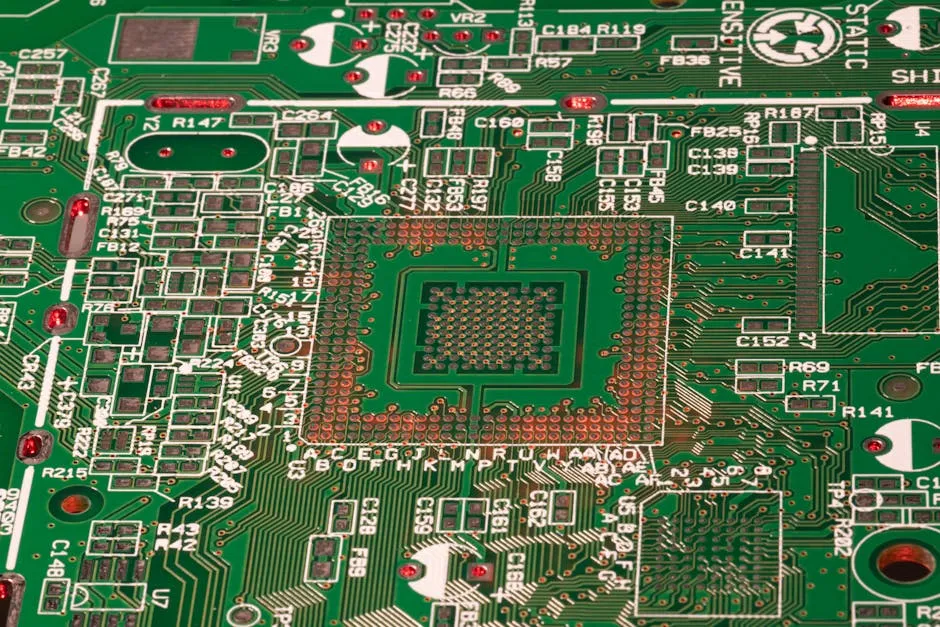The Trump Administration’s Push for Semiconductor Self-Sufficiency
As global competition intensifies, the Trump administration is taking decisive steps to bolster America’s semiconductor industry. Aiming for a balanced approach, the administration has set its sights on achieving a 1:1 ratio of domestically produced to imported semiconductor chips. This initiative is not merely about economic strategy; it reflects a broader vision for national security and technological independence.
Understanding the Semiconductor Landscape
Semiconductors are the backbone of modern electronics, powering everything from smartphones to advanced military systems. The importance of these chips cannot be overstated, as they play a critical role in maintaining the United States’ technological edge. Currently, a significant portion of the semiconductor market is dominated by imports, which raises concerns over supply chain vulnerabilities and reliance on foreign entities.
Goals of the 1:1 Ratio Initiative
The proposed 1:1 ratio seeks to ensure that for every chip imported, one must be produced domestically. This goal aims to stimulate the U.S. semiconductor manufacturing sector, encouraging companies to invest in local production facilities. By fostering a homegrown semiconductor industry, the administration hopes to create jobs, drive innovation, and safeguard the supply chain against geopolitical risks.
Implications for the Industry
Achieving this balance will not be without challenges. The semiconductor industry is capital-intensive and requires significant investment in research and development. Companies may need to navigate the complexities of establishing manufacturing plants and workforce training programs. Moreover, U.S. firms will have to compete with established foreign manufacturers that benefit from lower production costs and economies of scale.
Trade Tensions and Global Impact
This initiative comes at a time of heightened trade tensions, particularly with countries like China, which have been ramping up their semiconductor production capabilities. As the U.S. government seeks to reduce dependency on foreign imports, it may also lead to a reconfiguration of global supply chains. This shift could affect international trade relations, with potential repercussions for both U.S. companies and their foreign counterparts.
Looking Forward
The Trump administration’s push for a 1:1 semiconductor production ratio represents a critical step towards achieving technological self-sufficiency. While the road ahead is fraught with challenges, the potential benefits of a robust domestic semiconductor industry could significantly impact the U.S. economy and national security. As the initiative unfolds, it will be essential to monitor the responses from the industry, policymakers, and international partners.
In conclusion, the success of this ambitious proposal will depend on collaboration between government and industry stakeholders, as well as the ability to innovate and adapt in a rapidly changing technological landscape. The move towards semiconductor self-sufficiency could redefine the future of technology in the United States.
